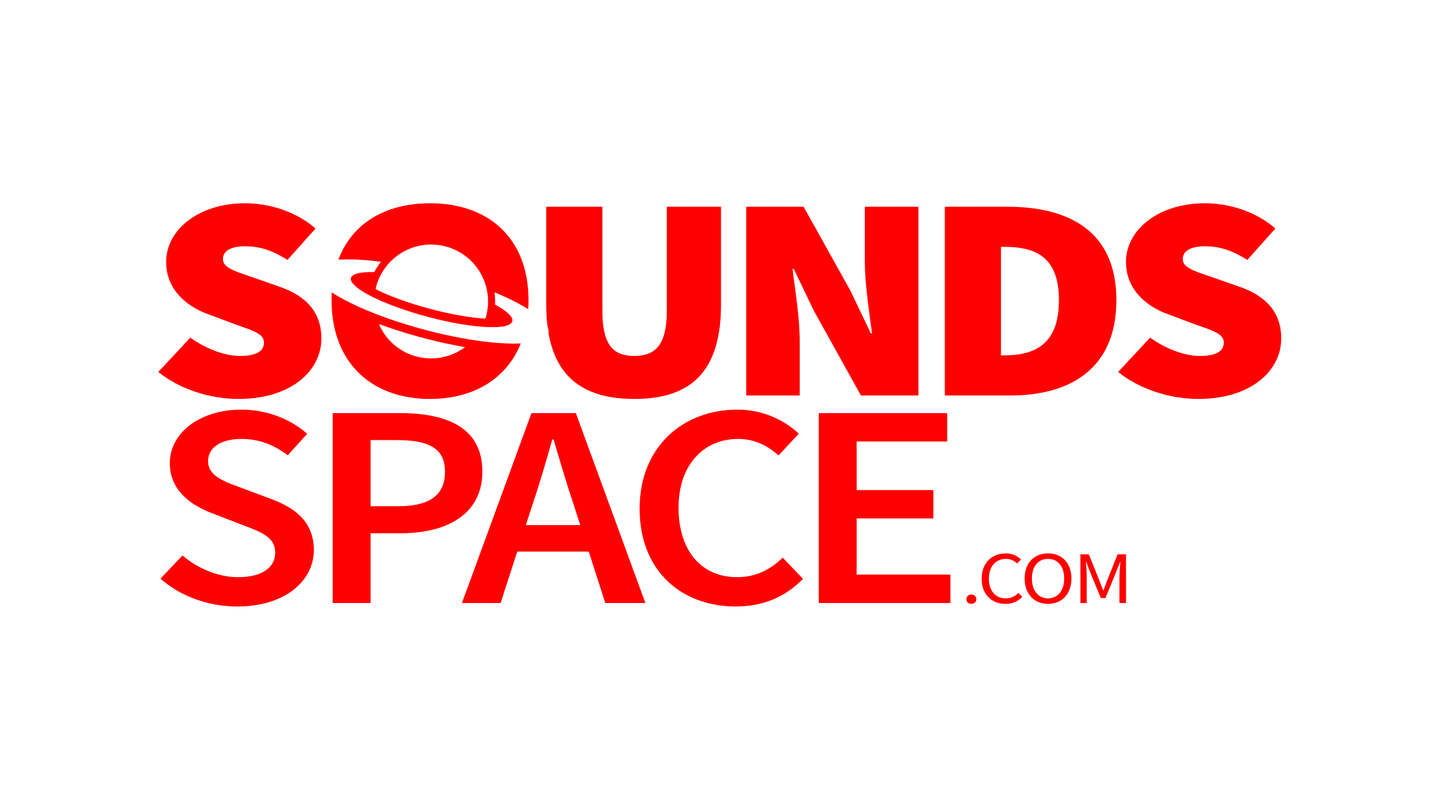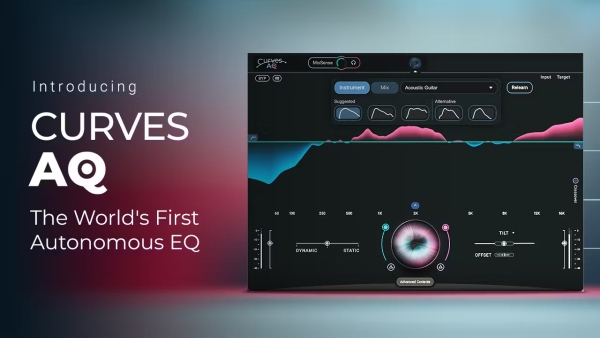Mastering the Waves Curve Plugin: A Comprehensive Guide
In the ever-evolving world of audio production, plugins have become the backbone of digital sound manipulation. These tools allow producers, engineers, and musicians to craft professional-grade audio from virtually any home studio setup, from virtual instruments to intricate effect processors. One standout in the plugin landscape is the Waves Curve plugin — a versatile and intuitive equalizer that has steadily gained popularity in professional studios and bedroom setups alike. Whether you’re a seasoned mastering engineer or a producer laying down your first demo, understanding the Waves Curve plugin can dramatically enhance your sonic toolkit.
In this blog post, we’ll take a deep dive into the Waves Curve plugin — exploring its design, features, workflow advantages, and creative potential. By the end of this guide, you’ll have a thorough understanding of what makes Waves Curve a must-have tool and how to integrate it effectively into your production process.
What is the Waves Curve Plugin?
The Waves Curve plugin is an advanced, parametric equalizer developed by Waves Audio — a company known for pioneering high-quality digital signal processing plugins since the early days of computer-based audio production. Unlike standard EQs, which typically offer static, band-based controls, Waves Curve introduces a dynamic, graphical interface where you can visually shape your audio frequencies in real-time, using a fluid and interactive curve system.
At its core, Waves Curve functions as a parametric EQ, offering adjustable frequency points, gain, and Q values (the width of the frequency band). However, its unique value lies in its smooth, natural sound and highly customizable curve shapes, allowing producers to sculpt their audio with a level of precision and musicality that surpasses many traditional equalizers.
Key Features of the Waves Curve Plugin
To appreciate the full potential of the Waves Curve plugin, let’s break down some of its standout features:
1. Intuitive Graphical Interface
The plugin presents a sleek, modern interface featuring a frequency spectrum display and draggable control points. Each point corresponds to a frequency band you can adjust in real-time. As you drag a point up or down (adjusting gain) and left or right (adjusting frequency), the plugin updates the curve dynamically, providing instant visual feedback.
2. Multiple EQ Band Types
Waves Curve offers various band types, including:
-
Bell (Peak/Dip)
-
High Shelf
-
Low Shelf
-
High Pass
-
Low Pass
-
Notch Filters
This selection enables precise control over individual frequency ranges, whether you’re enhancing a vocal presence, tightening up a kick drum, or cutting out unwanted low-end rumble.
3. Zero-Latency and Linear-Phase Modes
Latency is a critical concern, especially when tracking live performances. Waves Curve accommodates both zero-latency mode for real-time recording and a linear-phase mode for mixing and mastering, ensuring phase accuracy across all frequencies without introducing timing issues.
4. A/B Comparison and Undo/Redo History
The plugin includes an A/B comparison feature, allowing you to test different EQ settings instantly. Combined with an undo/redo history function, this ensures you can experiment fearlessly without losing your preferred settings.
5. Advanced Spectrum Analyzer
A built-in, real-time spectrum analyzer visualizes your audio’s frequency content, making it easier to identify problem areas, resonances, and tonal imbalances. The analyzer can be customized for resolution, speed, and scale, adapting to different mixing environments and personal preferences.
6. Preset Management
Waves Curve comes loaded with professionally crafted presets for a wide range of applications — from vocal enhancement to mastering chains. You can also save and recall your custom presets, streamlining your workflow across different projects.
Applications in Music Production
So, where does Waves Curve shine in a practical context? Let’s explore some typical scenarios where this plugin can elevate your sound.
1. Vocal Processing
Vocals are the centerpiece of most commercial tracks, and getting them to sit properly in a mix is an art form. With Waves Curve:
-
Use a high-pass filter to remove unnecessary sub-frequencies below 80 Hz.
-
Apply a gentle boost around 2-5 kHz to enhance clarity and presence.
-
Cut problematic midrange frequencies (usually between 200-500 Hz) that cause muddiness.
-
Use the spectrum analyzer to visually identify harsh frequencies (often around 6-8 kHz) and tame them.
Its smooth, transparent sound ensures EQ adjustments feel musical rather than surgical.
2. Drum Buss Enhancement
To tighten and shape your drum buss:
-
Roll off ultra-low frequencies with a high-pass filter at 30-40 Hz.
-
Boost the low-end around 60-100 Hz for added punch.
-
Add a subtle lift in the high-mids (3-5 kHz) for transient definition.
-
Soften any harshness in cymbals or snares with a gentle dip around 7-10 kHz.
The visual interface makes it easy to isolate these frequency ranges and tweak them to perfection.
3. Mastering Equalization
In mastering, subtlety is key. Waves Curve’s linear-phase mode is ideal here as it maintains phase relationships while allowing for precise tonal adjustments.
-
Use low and high shelving EQs to shape the overall tonal balance.
-
Identify resonant peaks in the mids and high frequencies and apply narrow cuts.
-
Slightly enhance areas of your mix that feel dull without overcompensating.
Its real-time analyzer helps identify areas for improvement across the frequency spectrum.
Why Waves Curve Stands Out
In a market saturated with EQ plugins, what makes Waves Curve special? Here’s why many producers and engineers keep it in their arsenal:
1. Natural, Musical Sound
Waves Curve excels in delivering a clean, natural EQ response. Even with significant boosts or cuts, it avoids the sterile or artificial tone that some digital EQs introduce. This makes it suitable for both subtle mastering tasks and bold sound design moves.
2. Real-Time Feedback
The combination of a highly responsive spectrum analyzer and interactive EQ curve allows you to see and hear your adjustments simultaneously. This visual-auditory feedback loop speeds up decision-making and helps less experienced producers learn the intricacies of EQ.
3. Versatile Workflow
Whether you’re working on individual tracks, group busses, or master channels, Waves Curve adapts effortlessly. Its ability to switch between zero-latency and linear-phase modes ensures it fits into both live tracking and critical post-production scenarios.
4. Low CPU Footprint
Despite its advanced functionality, Waves Curve is optimized to minimize CPU usage. This allows you to run multiple instances across large sessions without compromising system stability — a critical consideration in modern DAW workflows.
Tips for Getting the Most Out of Waves Curve
To fully harness the plugin’s potential, consider these practical tips:
1. Use Multiple Instances Strategically
Instead of stacking numerous adjustments on a single Curve instance, use multiple instances for different tasks (e.g., one for corrective EQ, another for creative shaping). This maintains clarity and simplifies workflow management.
2. Leverage A/B Testing
Don’t rely solely on visual cues. Use the A/B feature to compare different EQ approaches and trust your ears to decide what best serves the track.
3. Combine with Other Waves Plugins
Waves Curve pairs exceptionally well with other Waves tools like the Waves SSL E-Channel, C6 Multiband Compressor, or CLA-76 Compressor. Together, they create a comprehensive mixing chain capable of handling complex tasks.
4. Explore the Presets
Even if you prefer crafting EQ moves from scratch, Waves Curve’s presets can serve as starting points or learning tools to understand how experienced engineers approach EQ problems.
Is Waves Curve Worth It?
In a word: absolutely. While there’s no shortage of parametric EQ plugins on the market — from FabFilter Pro-Q3 to Logic’s Channel EQ — Waves Curve holds its ground with an intuitive workflow, professional-grade sound, and thoughtful feature set. It strikes a balance between accessibility for newcomers and depth for experienced producers.
Its versatility across mixing, mastering, sound design, and broadcast applications makes it a wise investment for anyone serious about audio production. If you’re looking to elevate your mixes with precise, musical, and dynamic equalization, Waves Curve deserves a place in your plugin folder.
Final Thoughts
Audio production is as much about control as it is about creativity. Tools like the Waves Curve plugin empower producers and engineers to shape their sound confidently and efficiently. Its clean interface, precise EQ curves, and advanced features offer a refreshing alternative to overly complex or clinical plugins.
Whether cleaning up muddy mixes, enhancing vocal clarity, sculpting punchy drum busses, or applying subtle mastering tweaks, Waves Curve is a reliable, professional-grade companion. As the demands of modern production continue to evolve, having flexible, powerful tools like this at your disposal is not just convenient — it’s essential.
If you haven’t tried it yet, consider downloading a demo from Waves Audio’s official site and experience firsthand how it can transform your workflow.


